Before you hire a multihull to take out to sea, it’s important to know how to tell the difference between a trimaran and a catamaran. Performance, stability, use: we take a look at the specific characteristics of sailing each of these two craft.
The main differences between a trimaran and a catamaran
Trimarans are built with three hulls joined by a deck. Catamarans, on the other hand, have only two hulls. The number of masts also differs: a trimaran generally has two, while catamarans often have just one.
The main differences between a trimaran and a catamaran are as follows:
- A trimaran has three hulls, while a catamaran has only two.
The hulls of a trimaran are generally narrower than those of a catamaran, making it faster but less stable. - The rigging of the two types of boat is different: a trimaran has three masts, while a catamaran has only two.
- The keel of a trimaran is attached to the central hull, while that of a catamaran is attached to the two side hulls.
- The mooring lines on a trimaran are usually attached to the ends of the floats, while those on a catamaran are attached to the middle of the structure.
- Multihulls are safer boats in terms of sailing comfort and stability on the water. The trimaran guarantees the greatest safety thanks to its three-hull design, the centring of its weights and its anti-drift plan.
What are trimarans and catamarans used for?
The sails on trimarans are also generally larger than those on catamarans, making them faster and better suited to sporty sailing on the high seas.
Above all, the trimaran’s structure allows it to sail better upwind than a simple catamaran, which is more prone to drifting. Trimarans are therefore favoured for offshore racing, while catamarans are primarily used for cruising. The latter offer more space and comfort, but are a little slower than their three-hulled counterparts.
Finally, it should be noted that it is much easier to moor a catamaran than a trimaran, as you can simply tie up each of the hulls to buoys or rings fixed to the bottom of the harbour. It’s an ideal boat for visiting isolated coves or sailing from island to island on a cruise.
So if you’re planning to go sailing with family or friends, the catamaran is undoubtedly the boat for you.
How much does it cost to charter a catamaran?
Catamaran hire is more affordable than powerboat hire and offers excellent value for money. Especially as they offer more space and greater stability on the water.
Rental prices generally depend on the size of the boat, the rental period, the season and the number of people on board.
Smaller catamarans cost less but offer less space and comfort. For example, an 8-metre catamaran with 2 cabins and crew costs between €1,000 and €1,500 per day.
On average, a cruising catamaran is between 10 and 20 metres long. Sailing varies according to the size of the boat. For a cruise, it is advisable to hire a catamaran of at least 10 metres.
Here are the average prices for chartering a catamaran, depending on its size:
- For an 8 to 10 metre catamaran, expect to pay between €1,000 and €2,500 per week.
- For an 11 to 13 metre catamaran, expect to pay between €2,500 and €4,000 per week.
- Finally, for a catamaran of 14 metres or more, expect to pay between €4,000 and €6,000 per week.

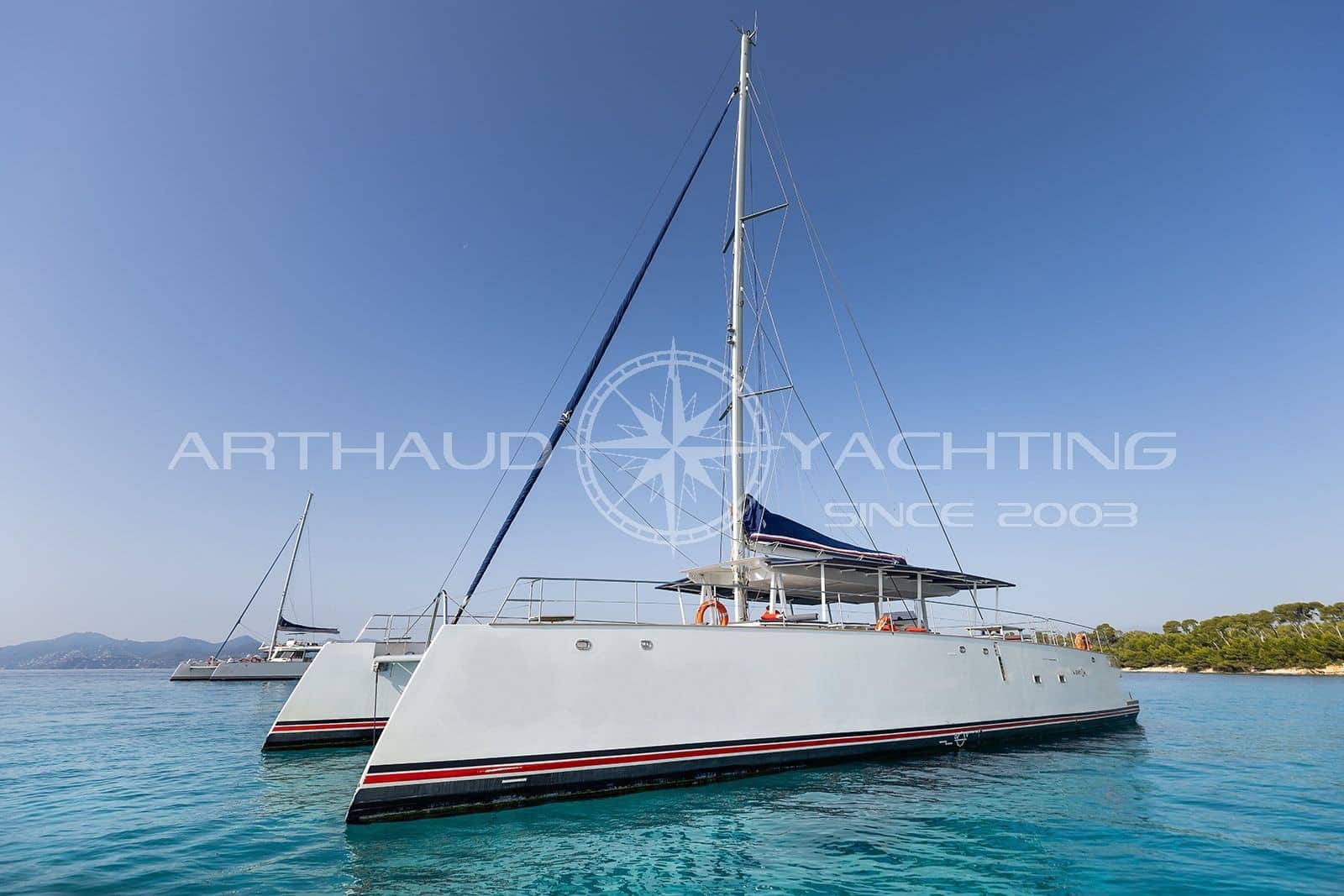
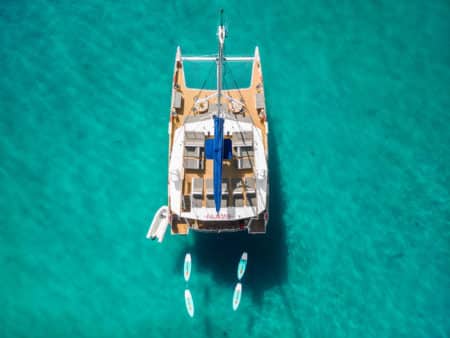
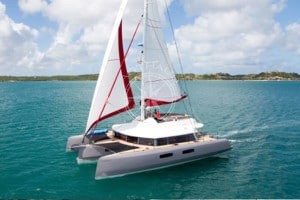
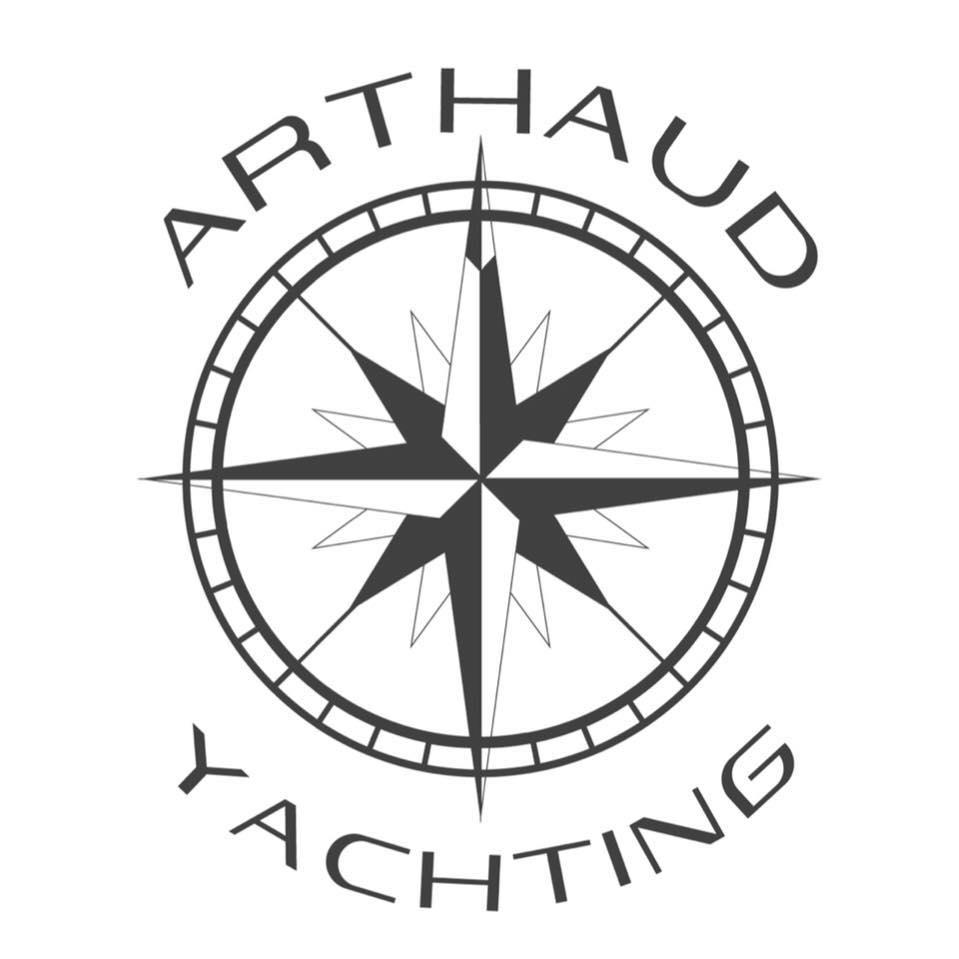



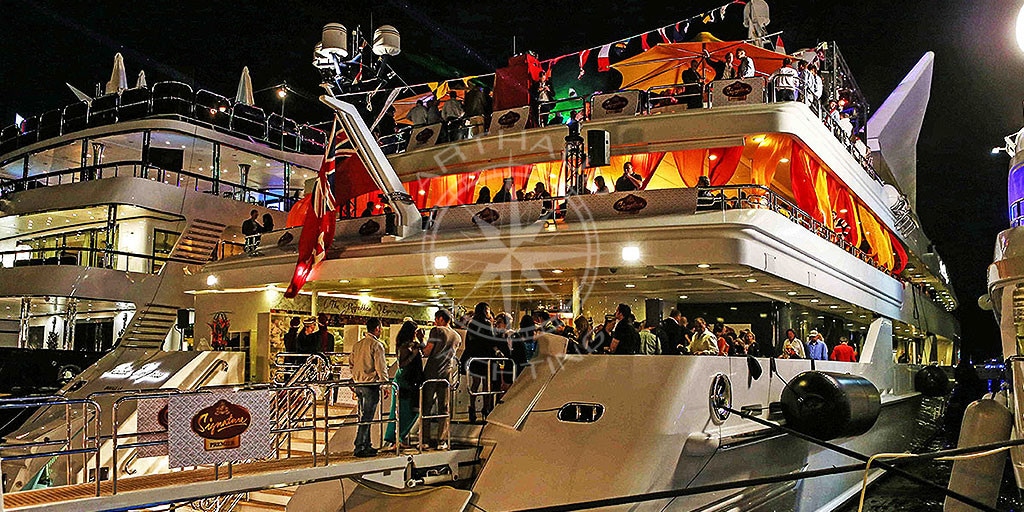
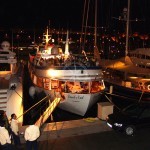





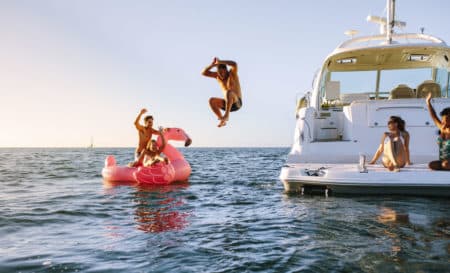 Thanks to Arthaud Yachting, access our world of luxury yacht charter for a 100% tailor-made cruise in the French Riviera region or even in the four corners of the world in destinations such as
Thanks to Arthaud Yachting, access our world of luxury yacht charter for a 100% tailor-made cruise in the French Riviera region or even in the four corners of the world in destinations such as 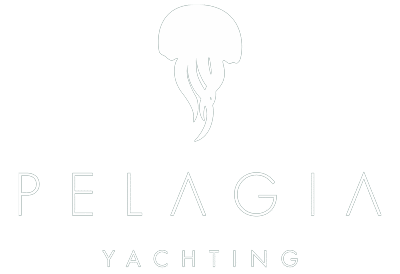


Leave A Comment